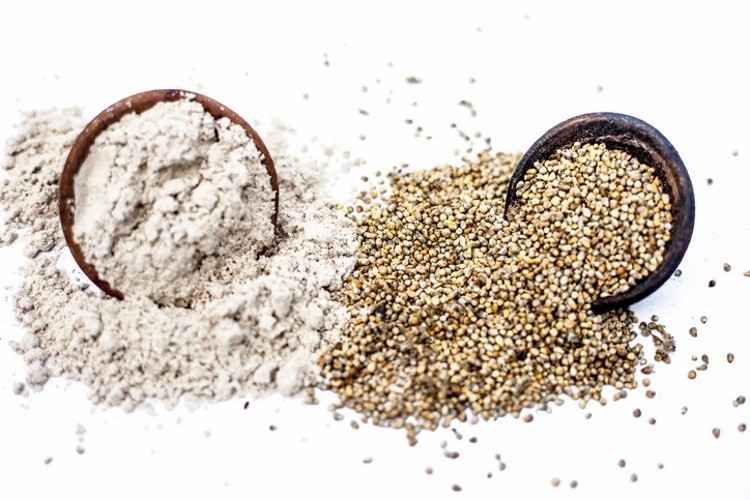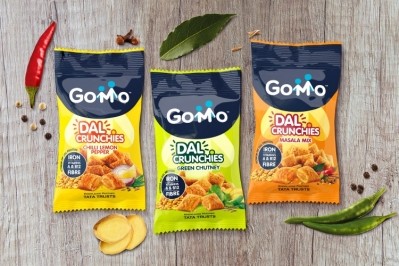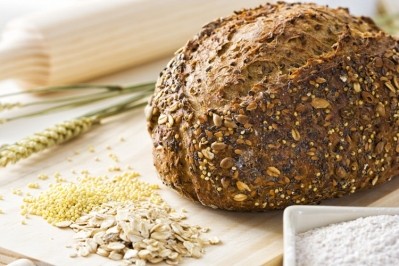Start-up gets green light to promote Indian millets to French bakers

The French national laboratory for bakery and pastry products issued the green light for three of Croitre’s millet premixes after rigorous testing for protein content and acidic levels.
LEMPA is now promoting the premixes to bakers across France, where demand for gluten-free products is on the rise.
“We expect to start shipping the cereals from India from October onwards,” said Swetha Ashwath Narayana, co-founder, Croitre, which sources the grains from farmer-producer groups in India.
“The idea is to get the grains to France and mill them locally.”
Nutritionally superior
India is the world’s largest producer of millets, but exports remain limited. However, they have been rising and Croitre hopes to take that demand higher.
Millets are a group of small-seeded grasses, widely grown around the world. Millets are gluten-free and highly nutritious – rich in B vitamins, calcium, iron, potassium, magnesium and zinc. They are only low GI (Glycemic Index) and purported to help lower type 2 diabetes and the risk of heart disease.
They need very little water for production and have short growing period under dry, high temperature conditions, hence their popularity in places like India and Africa.
French boulangeries primarily use wheat in their breads, with other types of flour such as corn and rye. Croitre is banking on the nutritive benefits of millets, which are superior in terms of proteins, minerals, flavonoids, polyphenols and vitamins. Ground into flour, millets can easily be incorporated into cakes, biscuits, cookies, bread and pastries to convert them into functional foods for the prevention of noncommunicable diseases, like diabetes and heart disease.
Millets can also be utilized ingluten free bread formulations.
Studies have found that, when added in the correct ratio of millet flour to wheat flour, sensory evaluation rated it ‘extremely liked’ in multigrain breads.
Studies:
Millets as Functional Food, a Gift From Asia to Western World
Authors: Ram B. Sing, Shairy Khan, Anil K. Chauhan, et al
The Role of Functional Food Security in Global Health 2019
Study on development and quality evaluation of high rich nutrient multigrain bread
Authors: Chandra Prakash, Ashish Uniyal and Deeksha Semwal
International Journal of Chemical Studies 2018; 6(4): 3342-3346
H. R. Azarbad, M. Mazaheri Tehrani and H. Rashidi
J. Agr. Sci. Tech. (2019) Vol. 21: 101-115










